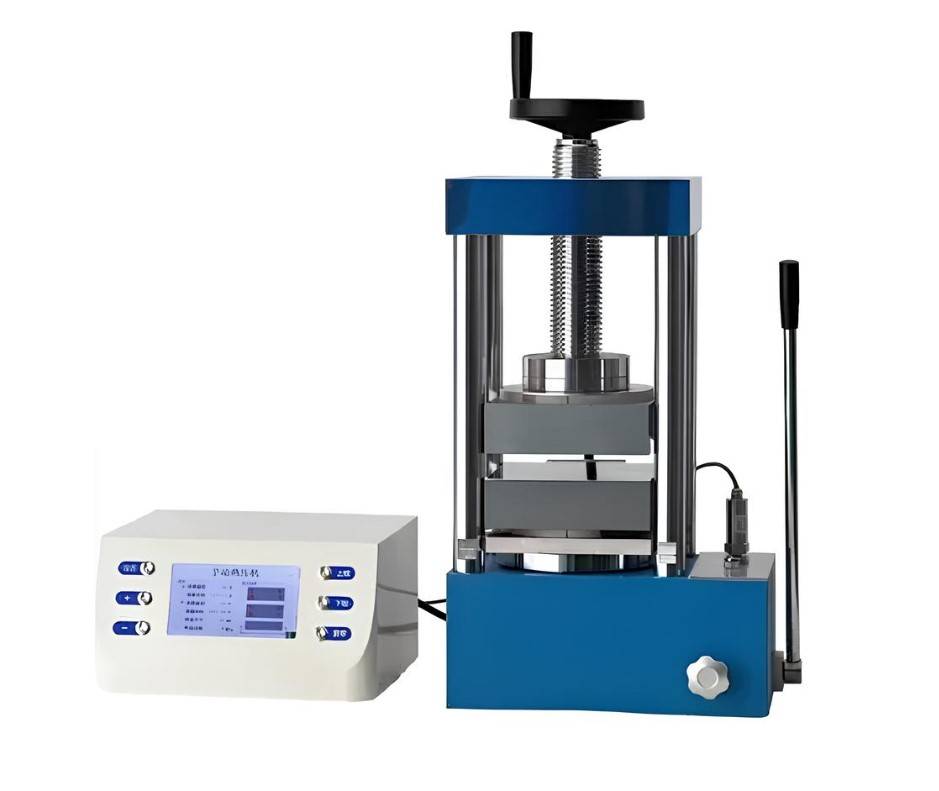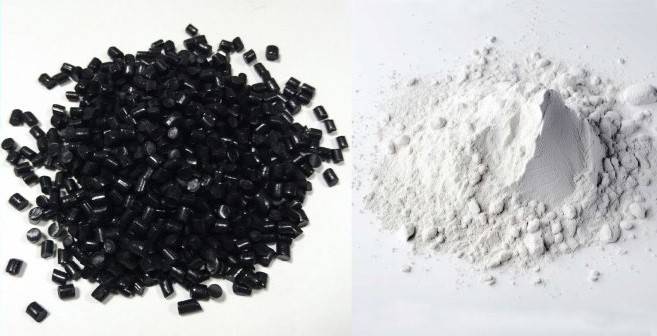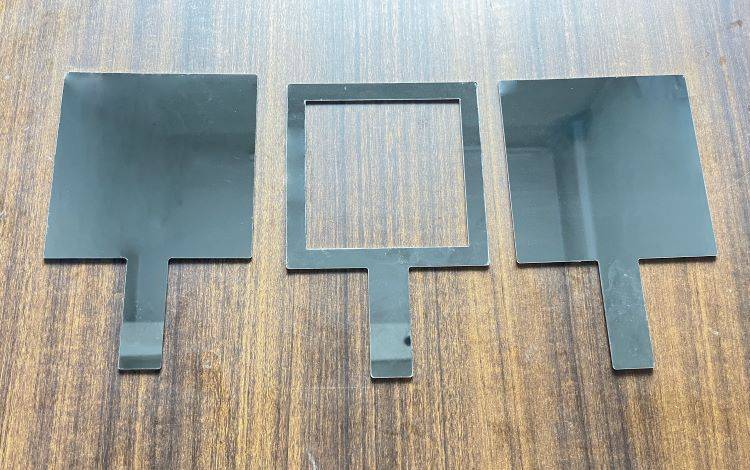What is laboratory hot pressing machine
Table of Contents
The laboratory hot pressing machine is suitable for laboratory users who are strict about sample pressing temperature, pressure control accuracy and need a wide size mold for pressing samples.
The new lab hot press of KINDLE TECH has a double-plate structure and a pressing force of 0~40 tons. The opening and closing of the upper plate is hydraulically driven, and the opening and closing of the lower plate is manually operated. The working table size is 200mm~200mm, which can be increased according to user needs. The main body of the press is welded by high-quality plate steel, and the working table is made of high-strength cast iron.

Application
A hot pressing machine is a device that heating while pressurize a material. It is widely used in various industries such as scientific research, teaching, pharmaceutical, catalytic, chemical, and material research and development.
The lab hot pressing machine is primarily used for high temperature sample pressing test of powder, rubber, plastic film and other solid samples. In addition, it can be used as a small vulcanization instrument. This machine is easy to operate and has a wide range of applications. It is an essential tool for laboratories engaged in research and development work.

How to choose
Kindle Tech have summarized some of these conditions for you to consider how to choose a laboratory press, More information can be obtained from our article about how to choose lab press.
- Sample shape and size you need
- How much load or force will you have to put on the sample?
- Laboratory size requirements
- How much strength or energy (work) is required to pump the press up to the required load?
- The power system of the lab press chooses manually , pneumatically, or electrically?
- Electrical usage and safety
- Does the laboratory press need to be moved?
- How much does it cost for the features you require and how much will be added to that cost for optional features?
In addition, there are some things to note about the The lab hot pressing machine:
- Temperature required for sample preparation
- Seals for steam elbows
- Maintenance of hot plate
Seals for steam elbows
Asbestos packing seals are commonly used in laboratory heat presses. At high temperatures, the asbestos packing can harden and air can leak through it. This can impact the efficiency of the heat press and cause safety concerns.
Laboratory hot presses are designed to provide an airtight seal between the pressurized air chamber and the outside atmosphere. Sealing performance is essential to prevent air leakage and to ensure the safety. Teflon seals are more effective than ball joints in preventing air leakage and they generally last about 1 year.
The laboratory hot press uses an asbestos line dipped in PTFE plastic in the original stuffing box compression. This has a good effect, but it is not very convenient to use. When replacing the seal, the ring behind the sphere needs to be cut off at an angle of 45°; in order to set it. However, this does not affect the sealing effect.

Maintenance of hot plate
The upper liner of the hot press plate protects the surface of the hot press plate from damage. The lower liner protects the hot press plate from the hot press plate surface. Both liners must be made of a material that can withstand the high temperatures generated by the hot press.
The liner plate of the laboratory hot press and the hot press plate are often caught in the wood bundle and other dirty things, so the liner plate should be dismantled regularly to remove the dirty things. It is also necessary to pay attention to whether the screws are loose, whether the surface of the liner plate is damaged, whether the silicone rubber pad is damaged, and whether the gap between the liner plate and the hot press plate is too large.
The upper liner is the top layer of the laboratory hot press. It is usually changed once a week to polish the surface and ensure the quality of the finished board. The upper liner is made of a smooth, heat-resistant material that helps to evenly distribute heat and pressure during the pressing process.
This will prevent the liner from becoming damaged during the pressing process.
When making laboratory hot press samples, it is important that all of the slabs are the same size and shape. Otherwise, the results of the experiment could be skewed. Therefore, any broken or different size slabs must be removed before the hot press is activated.
Laboratory hot presses typically have a platen size of 200*200mm. Most models have a maximum temperature capability of 350℃;F and maximum pressure capability of 40T. Some presses have additional capabilities, such as the ability to tilt the platen or to apply vacuum pressure to the platen.

If you are going to shut down your laboratory hot press machine for a longer period of time, you need to exclude the steam condensate from the hot press plate in order to avoid internal rusting. It is best to use a dry cloth or paper towels to soak up the condensate, and then use a brush or compressed air to remove any residue from the surface of the hot press plate.
Click to view our full range of lab press products.
More questions?
If you have any questions about the laboratory heat presses, please consult Kindle Tech laboratory equipment experts. They will be able to help you choose the right press for your needs and answer questions you may have.
Related Products
- 24T 30T 60T Heated Hydraulic Press Machine with Heated Plates for Laboratory Hot Press
- Automatic Heated Hydraulic Press Machine with Heated Plates for Laboratory Hot Press 25T 30T 50T
- Manual Lab Heat Press
- Automatic Laboratory Hydraulic Pellet Press Machine for Lab Use
- Heated Hydraulic Press Machine with Integrated Manual Heated Plates for Lab Use













